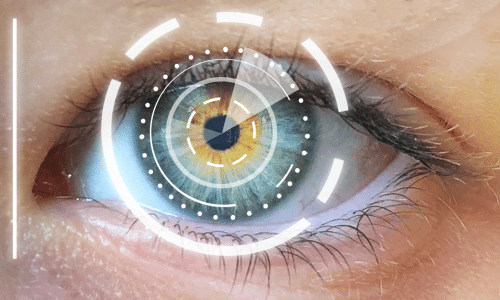Elvira Orduna-Hospital, María Munarriz-Escribano, Ana Sanchez-Cano
August 20, 2023 | Department of Applied Physics, University of Zaragoza, 50009 Zaragoza, Spain

Back to school marks a fresh start for reading and learning! Electronic devices have become a common sight in many schools, but what impact do they have on our eyes with prolonged use? See how our StellarNet-Black Comet was used to investigate this.
Background: The purpose of this study was to objectively evaluate visual discomfort using an eye tracker and aberrometer after a 21-min reading session on an iPad and an Ebook. Additionally, retinal changes were analyzed using optical coherence tomography (OCT). Methods: A total of 31 young subjects (24 ± 4 years) participated in this study. They read for 21 min on an Ebook and for another 21 min on an iPad under controlled lighting conditions while their eye movements were monitored using an eye tracker. Aberrometry and retinal OCT measurements were taken before and after each reading session. Parameters such as pupil diameter, fixations, saccades, blinks, total aberration, high-order aberration, low-order aberration, and central and peripheral retinal thickness in the nine early treatment diabetic retinopathy study (ETDRS) areas were measured for each reading situation. Statistical analysis was performed on the collected data. Results: No statistically significant differences (p > 0.05) between the two devices were observed in terms of the different types of eye movements or the changes in retinal thickness. However, the aberrometric analysis showed variations in post-reading situations depending on the device used. Conclusion: Reading speed and visual discomfort resulting from electronic device usage can be objectively assessed using an eye tracker and aberrometer. Additionally, changes found in central and peripheral retinal thickness between the two devices and the baseline measurements were not significant and remained relatively stable.



…To determine the irradiance (W/m2) and illuminance (lux) on the corneal plane and the luminance (cd/m2) of the reading devices, a spectroradiometer (model StellarNet-Black Comet, StellarNet, Inc., Tampa, FL, USA with C20080502 calibration and NIST traceability)…
Back to School Special:
It’s officially back to school season! Now is a great time to buy that system from StellarNet. For a limited time, if you purchase any research system over $6,000 you can choose a FREE spectroscopy system for your class!






